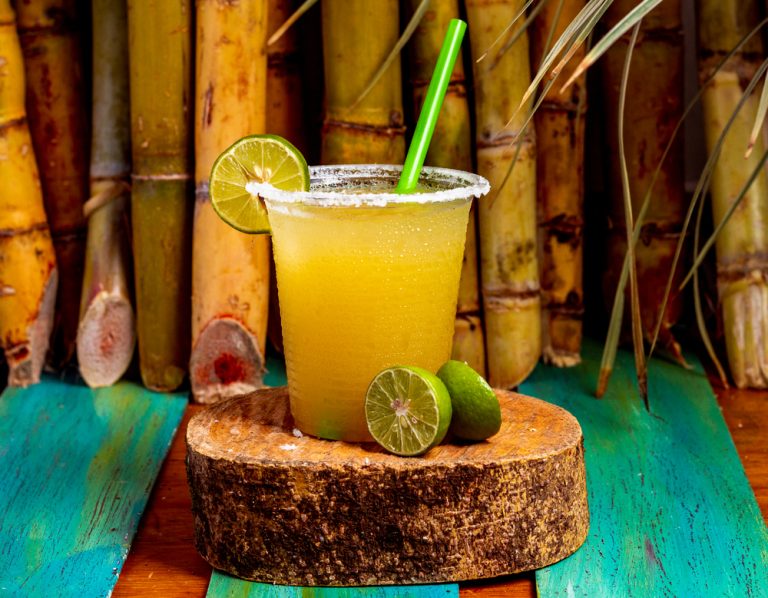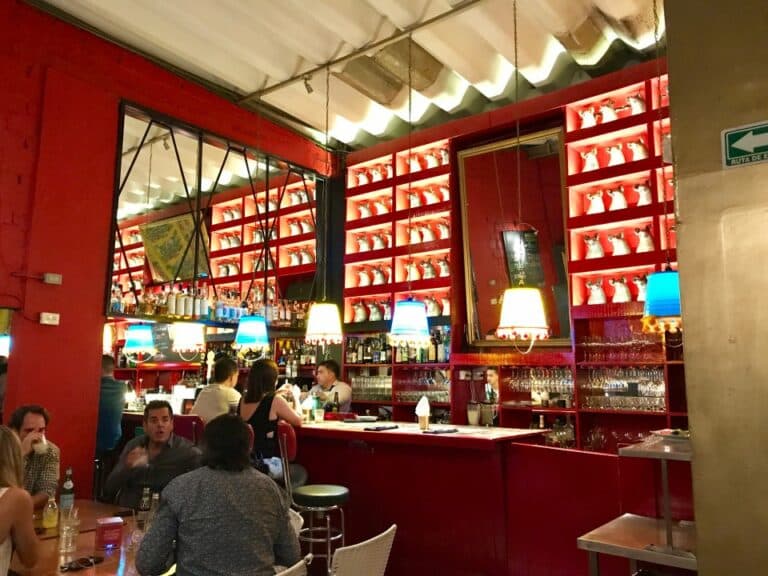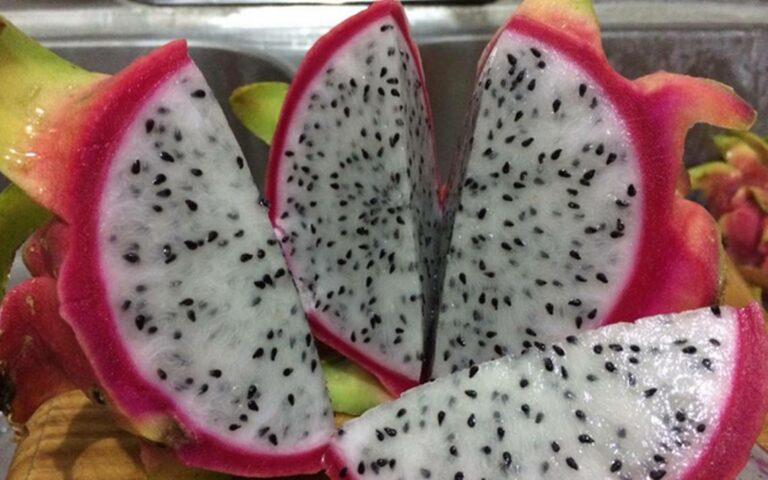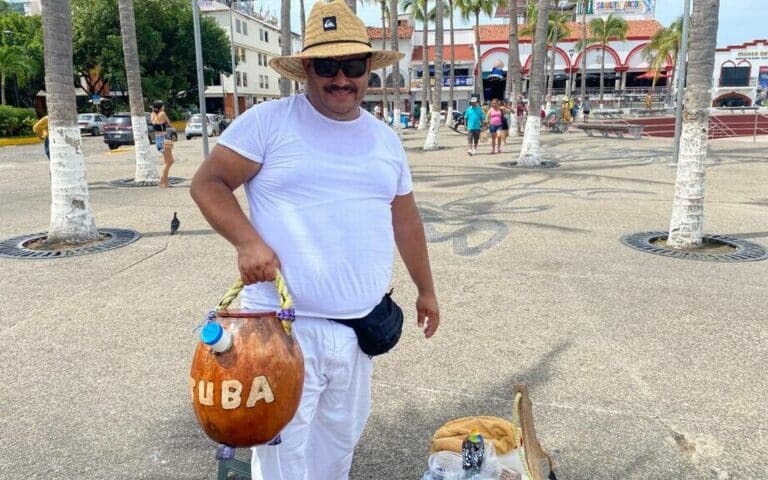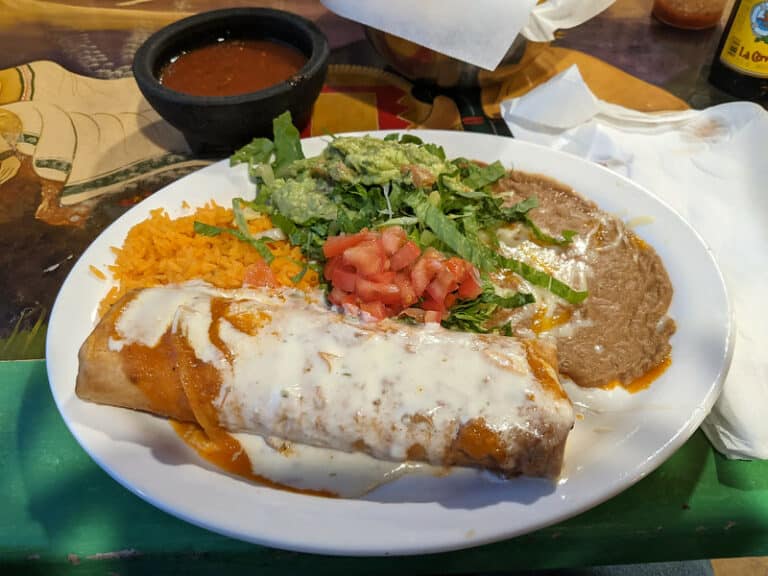Bocoles: The Quintessential Delight of the Huasteca Potosina
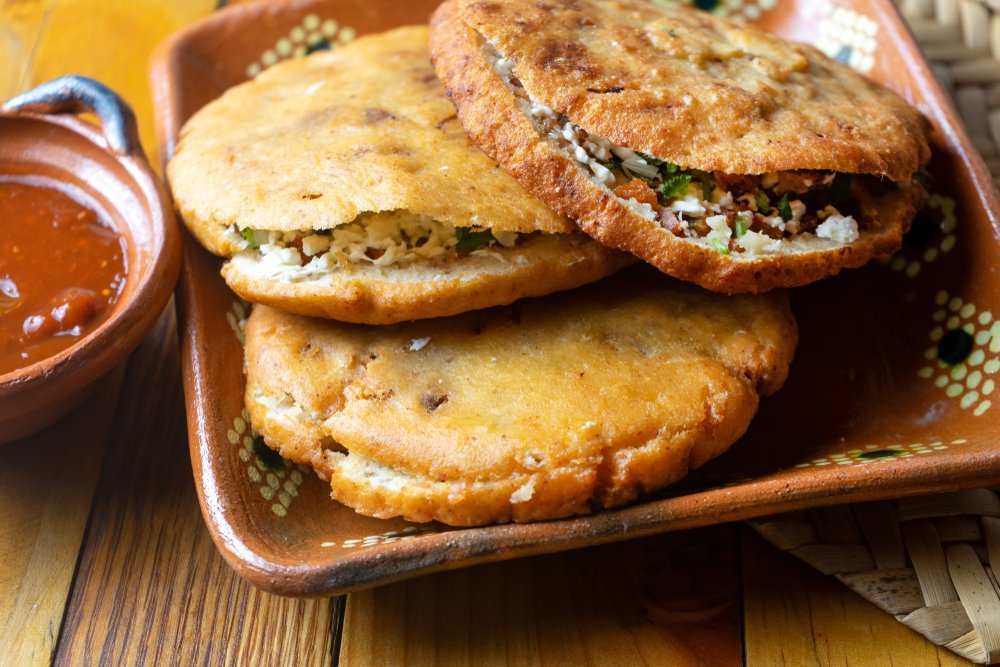
For hundreds of years, bocoles have been an essential part of the indigenous daily diet, rituals, and festivities, as in the celebration of Xantolo.
The traditional cuisine of the Huasteca potosina is as harmonious as the songs that speak of it in the Son Huasteco created and played in the state.
Its food invites you to taste sumptuous delicacies full of traditional and diverse flavors, plagued with the identity seasoning of an entire culture.
Bocoles are similar to “gorditas”
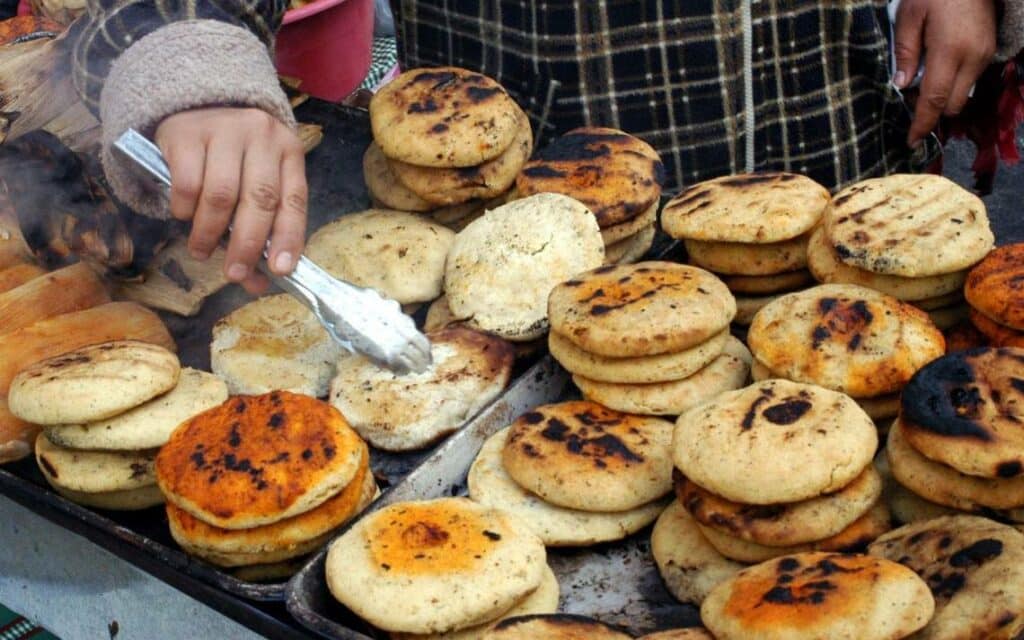
Bocol, or “bocolito,” is one of those iconic dishes that has traced its flavor not only in the state of San Luis Potosí but also in other states such as Tamaulipas, Veracruz, and Hidalgo.
Similar to a gordita, but with a more significant amount of dough, the bocol is a large ball of corn dough made with lard and stuffed with beef or pork and a pinch of salt.
It is then “torteada” (hand-shaped) to give it a rounded figure (not too flattened), which is cooked on a comal and can also be filled with cheese and chorizo.
María Asunción Medina, who lives in the town of El Aguacate in the municipality of Aquismón, is dedicated to making bocoles, which she sells in a traditional lonchería that belongs to her family.
A cook with 22 years of experience, Maria says that “cooking bocoles has its degree of complexity and that it is also necessary to have a good hand and say a prayer before starting to knead the ground corn.”
A tradition of generations
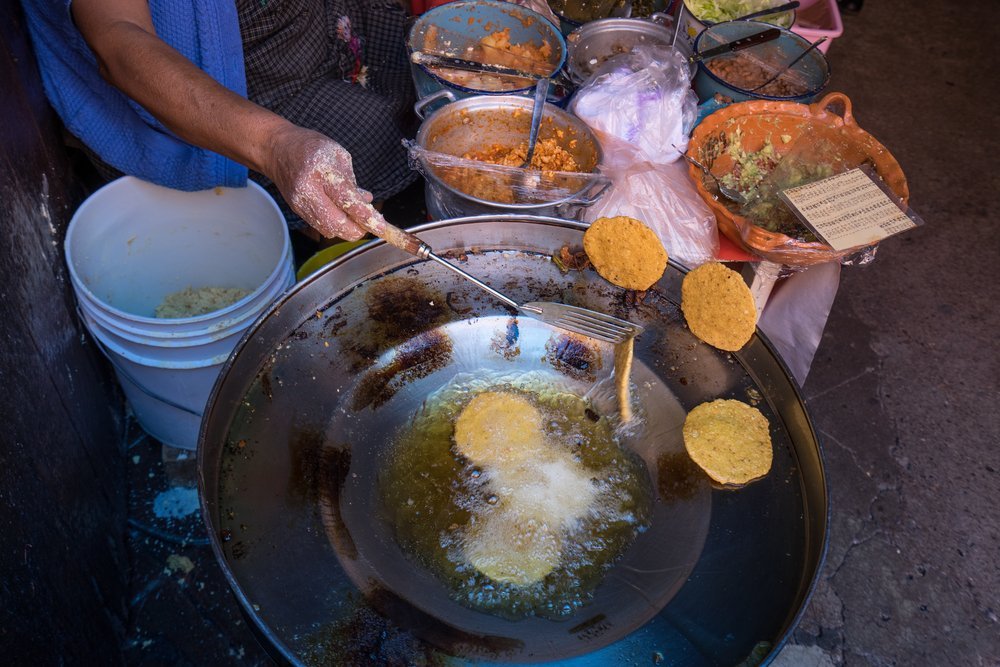
“In our family, preparing traditional Huastecan food is very common. We have about 100 years of cooking bocoles, zacahuil, ximbo, mixiotes, and tlapepecholes; my grandmother taught my mother, and my mother taught us,” says Maria…
“Bocoles are a typical dish of the Huasteca potosina, its size does not exceed 8 or 10 centimeters in diameter, and its preparation is effortless; we consume this dish in the mornings.”
Maria indicates that its preparation varies by zone, even within the state of Potosi; each cook and locality prepares it differently. The only similarity between these diverse ways of elaborating it is the preparation of the dough with lard.
“The dough must be mixed with lard and beef; some people can even use ground chili or another type of corn, I use yellow corn, but there are other people who use blue or purple corn.“
When all the ingredients are kneaded together, it is cooked on the comal or fried.
Bocoles can be filled with cheese, scrambled eggs, chicken, pork, or eat them plain with sauce. In other places, they serve it with chorizo and accompany it with cecina (beef jerky).
Bocoles for every occasion
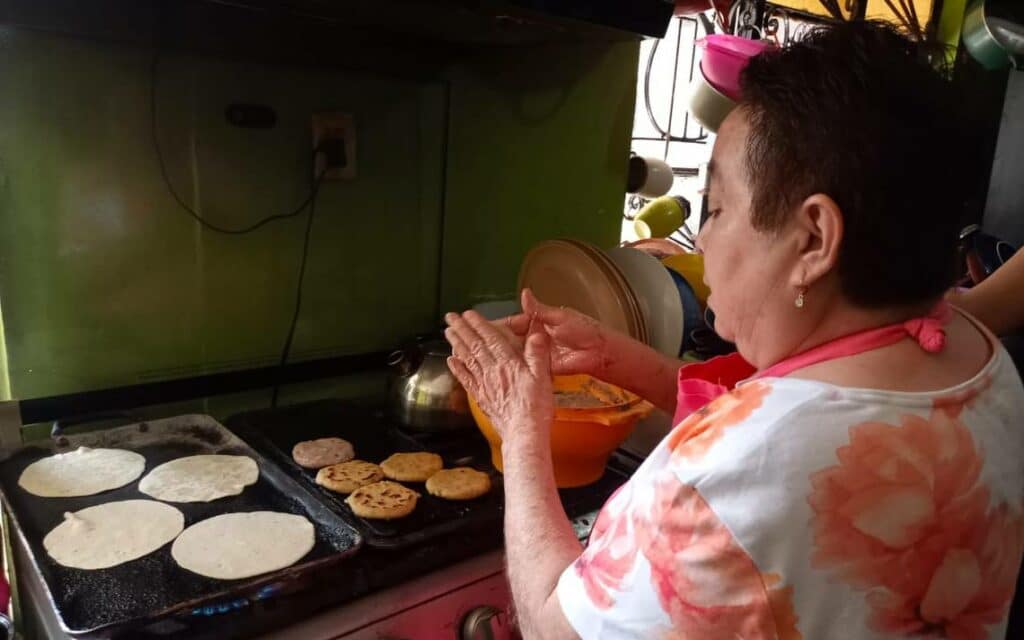
The Medina family can make about 250 bocoles a day, of which half go to take away and distributed in the center of the municipality of Aquismón and other towns surrounding it.
“As it is a food that is heavily consumed here, sales have not dropped much. Each one costs 15 pesos, with or without filling, and the ones that sell the most are cheese and pork.”
This dish can be served with lettuce, cream, and sauce, and in some restaurants, they are accompanied by meat or enchiladas huastecas, and beans.
María also adds that the most popular bocoles in the Huasteca Potosina are pintos and verdes.
Finally, she adds, “The occasions in which bocoles are most consumed in all its wide presentations are in the ceremonies, rituals, and festivities of the Huasteca.”
The bocol, of course, will always be a gastronomic reference, which encourages the desire of anyone to know the flavors of the Huasteca Potosina, a simple dish, but full of history and the seasoning of many generations that won’t let die the knowledge of corn made food.
Did you know?
- Bocol is a Tének word that refers to “a round corn food”
- It is called Bocol apanao in Tamhiahua, Veracruz, and is made with wheat flour
- It is known as Bocol de Huejutla to those made in the vicinity of Hidalgo; in these towns, the bocoles are made of dough mixed with whole beans
- So far, it is known that the bocol or bocoles are a dish that emerged within the mestizaje stage of indigenous culture
Traditional bocoles recipe
Ingredients
- 1 kg of corn dough
- 250 gms of lard
- Salt to taste
- 4 pieces of ancho chili, without veins or seeds, soaked in hot water
- 1 tablespoon of vegetable oil
- 1 hoop cheese (dry), crumbled
Process
- First, place the lard and salt in a large bowl and beat on high speed. It should look white, creamy, and fluffy
- Add the masa (corn dough). In this step, you can incorporate chopped green chile, and epazote or enjoy them plain. Knead until you obtain a homogeneous texture that does not stick to your hands, take the dough with both hands and toss it in the bowl several times
- Form small balls and flatten them into a chubby shape of a maximum of 1 cm thick
- Cook the bocoles in a hot comal over medium-low heat, turn, let cook, and turn once more to inflate
- Open the bocol in half and fill it with whatever you like
For the filling: blend the chiles with the oil. Pour the sauce over the cheese and mix until it is wholly colored; taste and add salt if necessary.
Serve and enjoy! Don’t forget to share your comments below.

